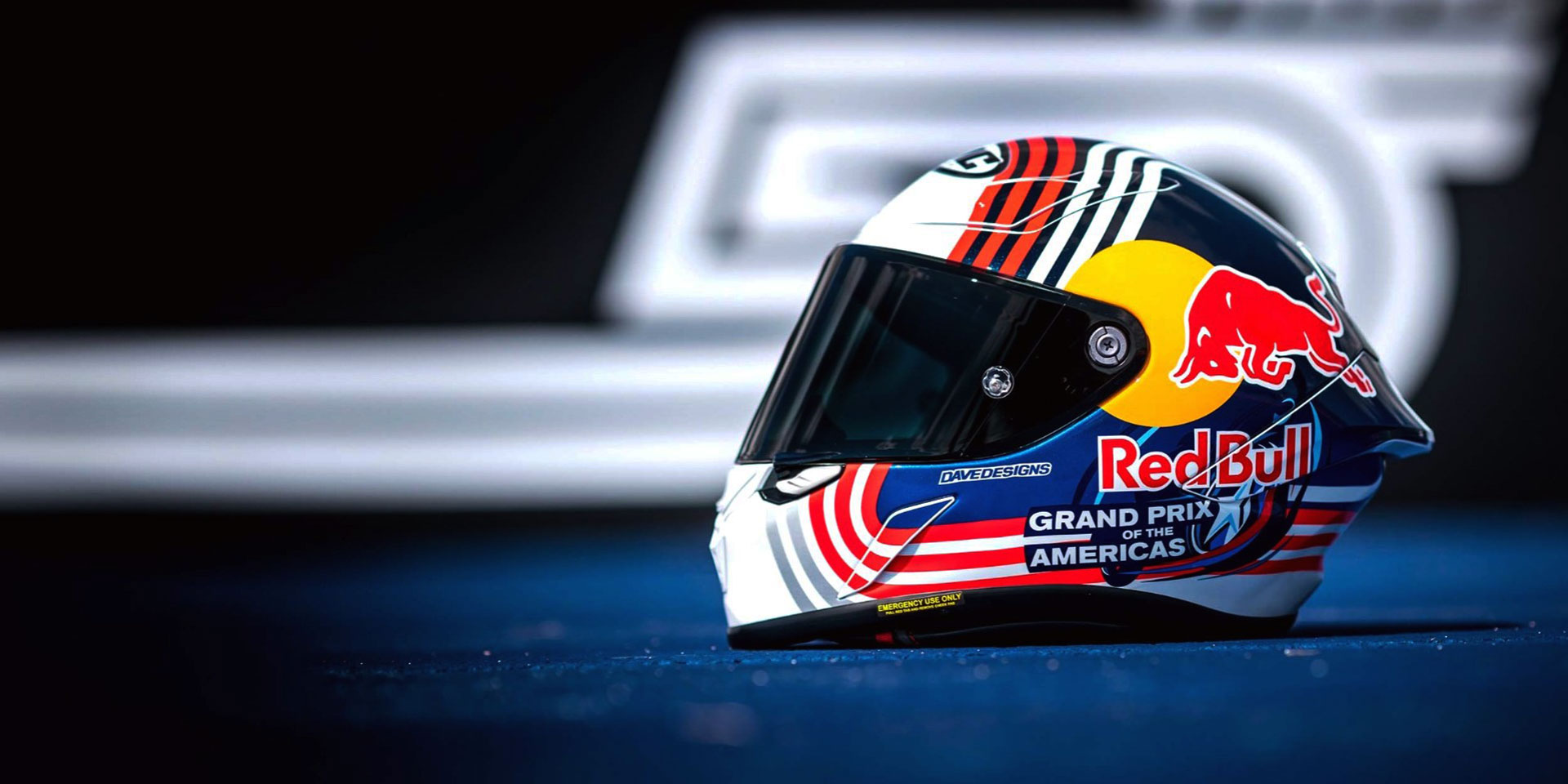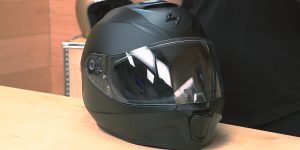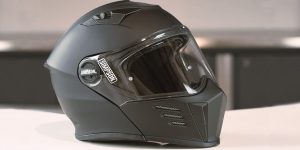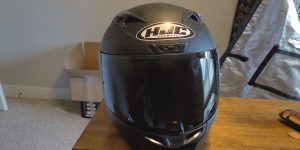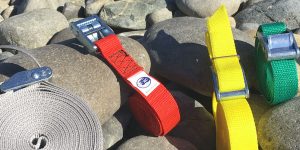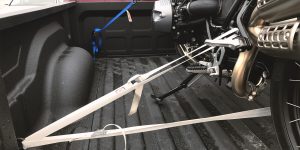Like most motorcyclists, you probably don’t give much thought to your helmet until it’s time to put it on. But if you want to make sure your helmet always provides the best possible protection, it’s worth taking a few minutes to adjust it correctly.
In this blog post, we’ll show you how to make a motorcycle helmet fit better to enjoy your rides without worrying about your safety.
Different shapes of headgear
There are three main types of motorcycle helmets: full-face, modular, and open-face. Each one offers different levels of protection, so it’s essential to choose the right type of helmet for your needs.
Full-Face helmet
Therefore, a full-face helmet provides the most coverage and is the safest option. It covers your entire head, including your chin and cheeks. If you’re planning on doing any serious riding, we recommend investing in a full-face helmet.
Modular helmet
A modular helmet is similar to a full-face helmet, but it has a flip-up visor that allows you to put it on and take it off quickly. Modular helmets are a good choice for riders who want the protection of a full-face helmet but also want the convenience of being able to take it off without taking their full headgear off. I also have an article where you can check the best half helmet.
Open-Face helmet
An open-face helmet only covers your head, leaving your face exposed. While this may seem like it would provide less protection, open-face helmets offer a surprising amount of safety. They’re a good choice for riders who want to see and be seen more quickly.
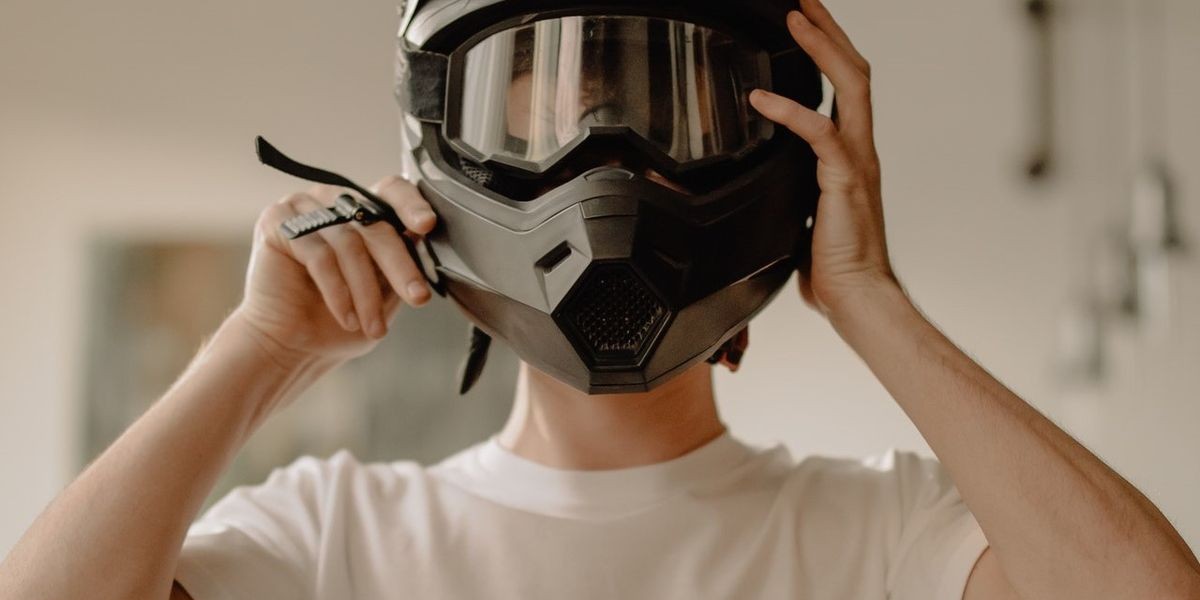
Head size and helmet size
The next step in choosing the fitting motorcycle helmet is to figure out your head size. To do this:
- Wrap a measuring tape around your head just above your eyebrows.
- Make sure the tape is level all the way around, then note the measurement in inches or centimeters.
- Once you have your head size, refer to the size chart on the back of the helmet to find the matching helmet size.
Head shape and helmet fit
Once you know your head size, you can start to narrow down your helmet choices by looking for specifically designed helmets to fit your head shape. Most manufacturers make helmets in various shapes, so it’s essential to find one that matches the contours of your head. If you’re not sure what shape your head is, look at our blog post on finding the proper helmet fit.
Some of the most popular helmet shapes include:
Round oval
A round, oval helmet is designed for heads that are wider than they are tall. If your head measures more than 10 inches from front to back, you’ll likely be most comfortable in a round, oval helmet.
Long oval
A long oval helmet is designed for heads that are longer than they are wide. If your head measures more than 10 inches from side to side, you’ll likely be most comfortable in a long oval helmet.
Intermediate oval
An intermediate oval helmet is between round and long oval in shape. If your head falls between the two sizes, an intermediate oval helmet is likely to be the best fit.

How to choose the proper size of a helmet?
Once you’ve found a few helmets that are the right size and shape for your head, it’s time to try them on. When you put on a motorcycle helmet, you should feel it snug around your head. The helmet should be level on your head, and your cheeks should not be pressing into the padding. If you feel any pressure points, they can usually be adjusted with the helmet’s retention system.
When you put on a motorcycle helmet, you should also make sure that you can see clearly out of it. The visor should be down, and there should be no gaps between the helmet and your face. If you can’t see out of the helmet, or if you feel like the helmet is obstructing your vision, it’s probably not the right one for you.
Finally, make sure that the helmet is comfortable to wear. You should be able to wear it for a few minutes without feeling any discomfort. Also, remember, you always can consider women’s motorcycle helmets.
How to adjust your motorcycle helmet?
To adjust the straps on a full-face or modular helmet:
- Start by putting the helmet on your head.
- Find the straps over your ears and loosen them until the helmet feels loose enough to rotate on your head.
- Tighten the straps until the helmet is snug but not too tight.
Finally, adjust the chin strap to snug against your chin but not so tight that it’s uncomfortable. Once you’ve done all this, give the helmet a shake to ensure it’s secure.
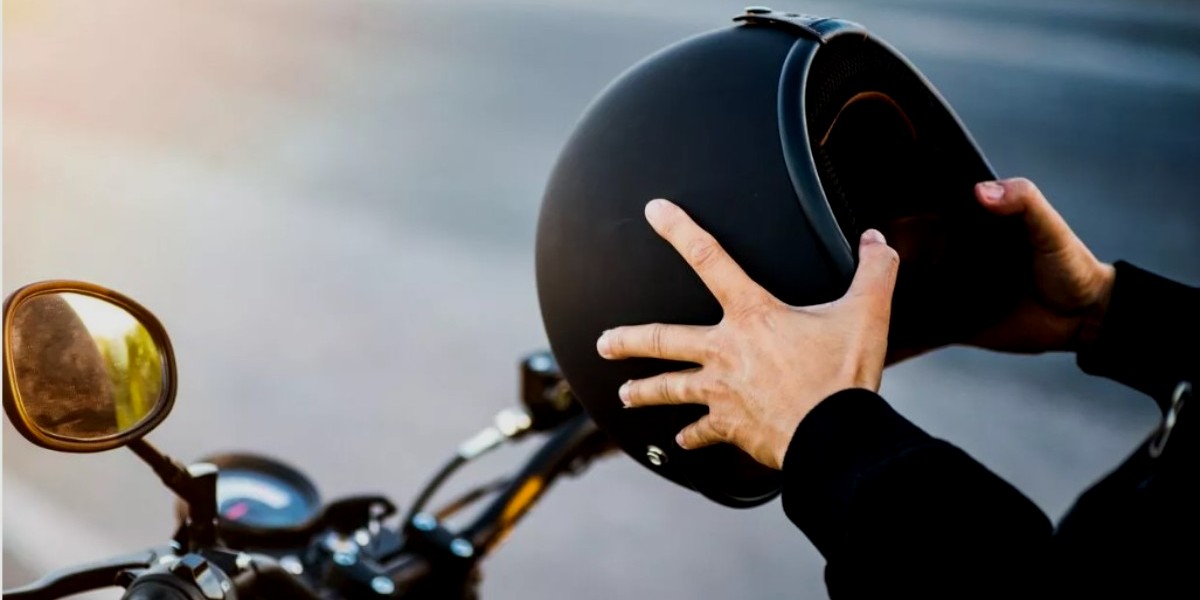
How to make a motorcycle helmet fit tighter?
If your motorcycle helmet is too loose, you can usually tighten it with the retention system. Most helmets have a dial or a slider on the back that allows you to adjust the fit. If your helmet doesn’t have this feature, you can try wearing a thinner hat or headband under your helmet to make it feel tighter.
You can also try removing the padding from your helmet. It will make the helmet smaller and snugger on your head. Just put the padding back in when you’re not wearing the helmet to stay in good condition.
Finally, if your helmet still feels too loose, you can try tying a bandana or scarf around your head under the helmet. It will provide some extra friction to keep the helmet in place.
How to stretch a helmet?
If your helmet is too tight, you can try stretching it out with your hands. Start by putting the helmet on your head and then pushing outward on the sides of the helmet. You can also try putting the helmet in a warm place for a few minutes to make it pliable.
Another option is to remove the padding from the inside of the helmet. It will make the helmet larger and provide extra room for your head. Just be sure to put the padding back in when you’re not wearing the helmet to stay in good condition.
Finally, if your helmet still feels too tight, you can try wearing a thicker hat or headband over it. It will provide some extra padding and make the helmet feel more comfortable.
Сan a helmet break when stretched?
Yes, a helmet can break when stretched. If you stretch your helmet too much, the material can become weak and break. Be sure to only stretch your helmet a little bit at a time so that you don’t damage it.
Will the helmet be able to return to its original size after stretching?
Yes, the helmet will return to its original size after stretching. However, it is possible that the helmet will not fit as well as it did before. You can try adjusting the straps or removing the padding from inside the helmet if this happens.

